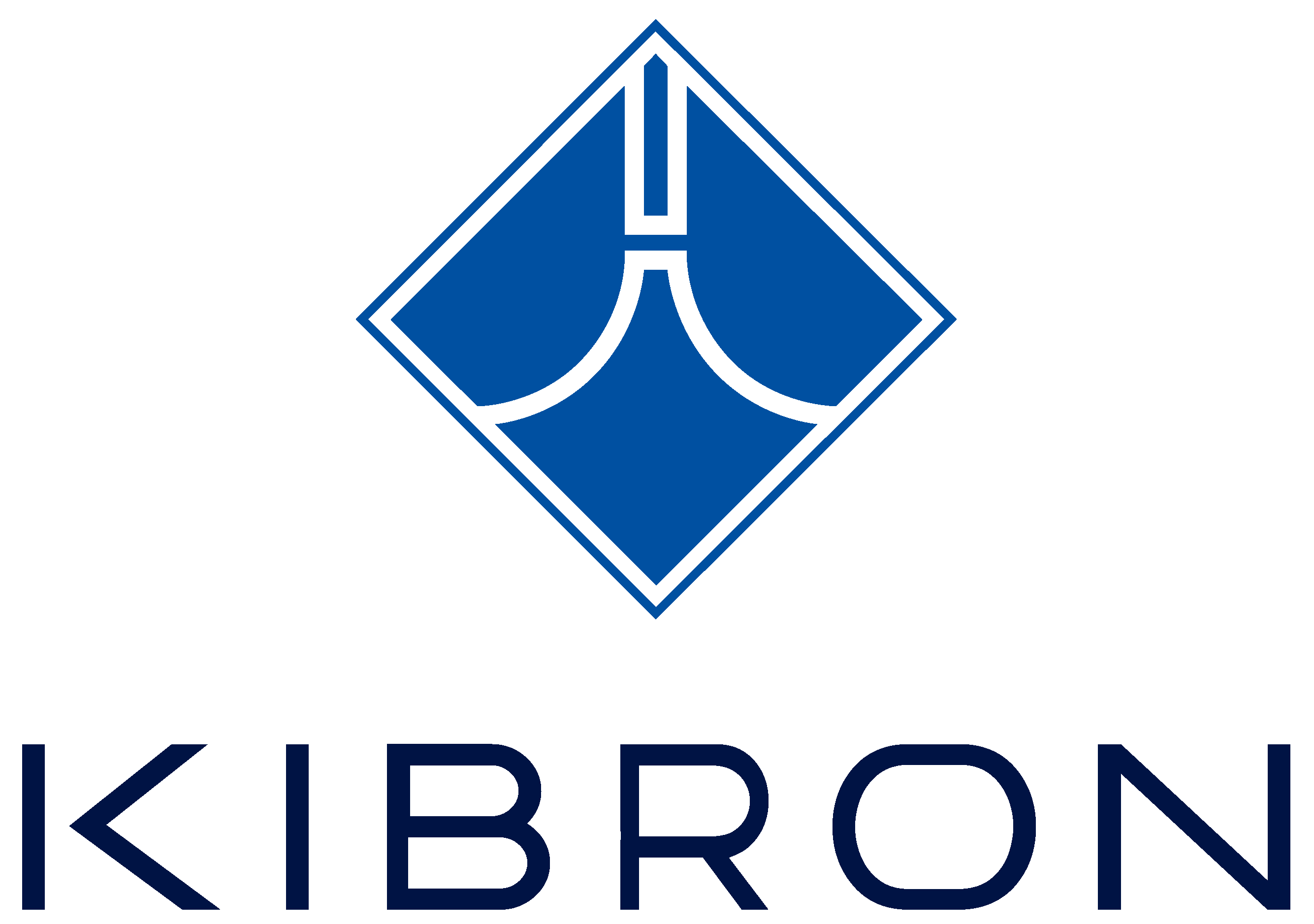Measuring Advancing & Receding Contact Angle
Dynamic contact angle measurements characterise how a liquid and solid interact during the course of a wetting and de-wetting process providing further information on the surface roughness and (in)homogeneity of the sample surface. Wetting properties benefit the scientific investigator in many industrial applications such as hair care science, printing, oil recovery & fibre re-inforcement for composites / aerospace.
Feature / Benefits of Measuring Dynamic Contact Angle with EZ-Pi Plus
EZ-Pi Plus with Dynamic Contact Angle mode provides the user with a higher performance to price ratio than other devices as our standard force sensor is, easily sensitive enough for small diameter fibers & rods. Other commercial systems for measurement of Dynamic Contact Angle on single fibres require a higher sensitivity, higher cost system than is standardly available.
The low sample test liquid volume (max 3ml) we need to make Dynamic Contact Angle Measurements, along with the compact footprint of the Ez-Pi Plus Tensiometer are further benefits our offering provides to you the user.
Wilhelmy balance method to Measure Dynamic Contact Angle
The Wilhelmy balance method uses a microbalance to measure the force exerted on a solid when it is immersed into the wetting liquid of interest. In a dynamic contact angle measurement using the Kibron EZ-Pi Plus the standard measuring probe is replaced by a sample. The force exerted by a chosen test liquid on the sample is measured as a function of immersion depth and pull direction. When the perimeter of the sample and surface tension of test liquid are known, (or measured) the dynamic contact angle can be calculated. For macroscopic samples the force must be corrected for buoyancy. The contact angle when the sample is immersed into the liquid is called the advancing contact angle (wetting) and when the sample is withdrawn it is termed the receding contact angle (de-wetting). The difference between advancing / receding contact angle is known as the hysteresis, and provides insight into surface wetting and roughness.
Wetting measurements on single fibers, for textiles, hair and fiber re-inforcement applications
Our standard EZ-Pi Plus is equipped with a force sensor with a 100 mg maximum load and a resolution of less than 0.2 μg. It is ideally suited for small samples, e.g. rods of < 1 mm diameter, fibers and hairs. It can even be used for fibers of 1 μm diameter. For samples of larger size an optional sensor with a capacity of 300 mg is available on request to further benefit the user
